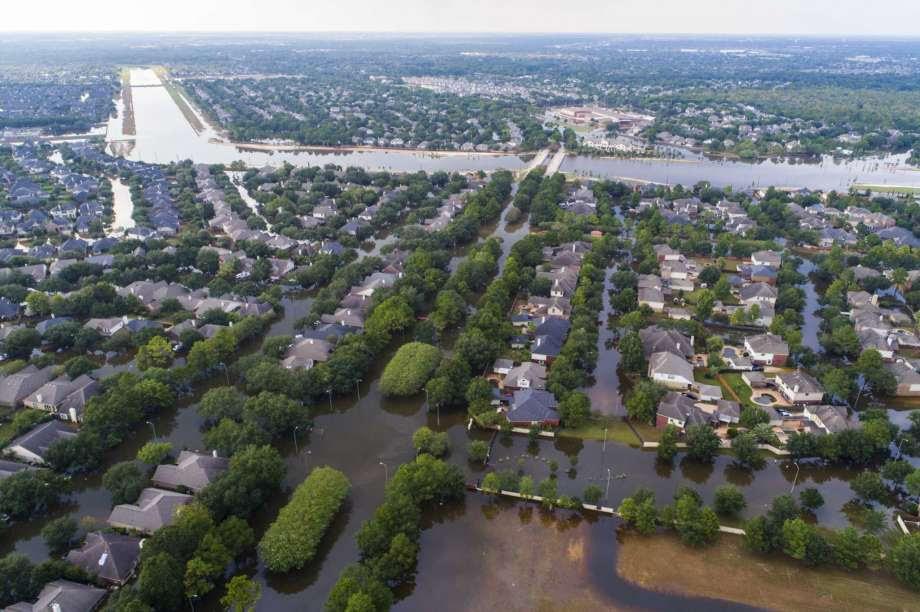Flood Mitigation: Elevate Home
As mentioned above, not only should you elevate your furnace, water heater and electric panel in your home, you should also elevate your home entirely. You can greatly reduce your risk of damage from flooding by lifting and raising your house or business above the Base Flood Elevation. The BFE is the computed elevation to which floodwater is anticipated to rise during the base flood and is the regulatory requirement for the elevation or floodproofing of structures. BFEs are shown on Flood Insurance Rate Maps and on flood profiles.
During the elevation process, most frame, masonry veneer, and masonry homes are separated from their foundations, raised on hydraulic jacks, and held by temporary supports while a new or extended foundation is constructed below. The living area is raised so that only the foundation remains exposed to flooding.
This technique works well for homes originally built on a basement, crawlspace, and open foundations. When homes are lifted with this technique, the new or extended foundation may consist of continuous walls or separate piers, posts, columns, or piles. Masonry homes are more difficult to lift, primarily because of their design, construction, and weight, but lifting these homes is possible.
For more reasons to lift and raise your house, click House Raising
Moving and relocating your house or business to a safer location is another option to avoid flooding altogether. For more information, click House Moving.
Topics: flood mitigation, flood mitigation services, house raising, house lifting, house moving
To request a quote for your lift or move, please feel free to contact us via e-mail at info@wabuildingmovers.com or call our office at 908-654-8227. We look forward to hearing from you.

